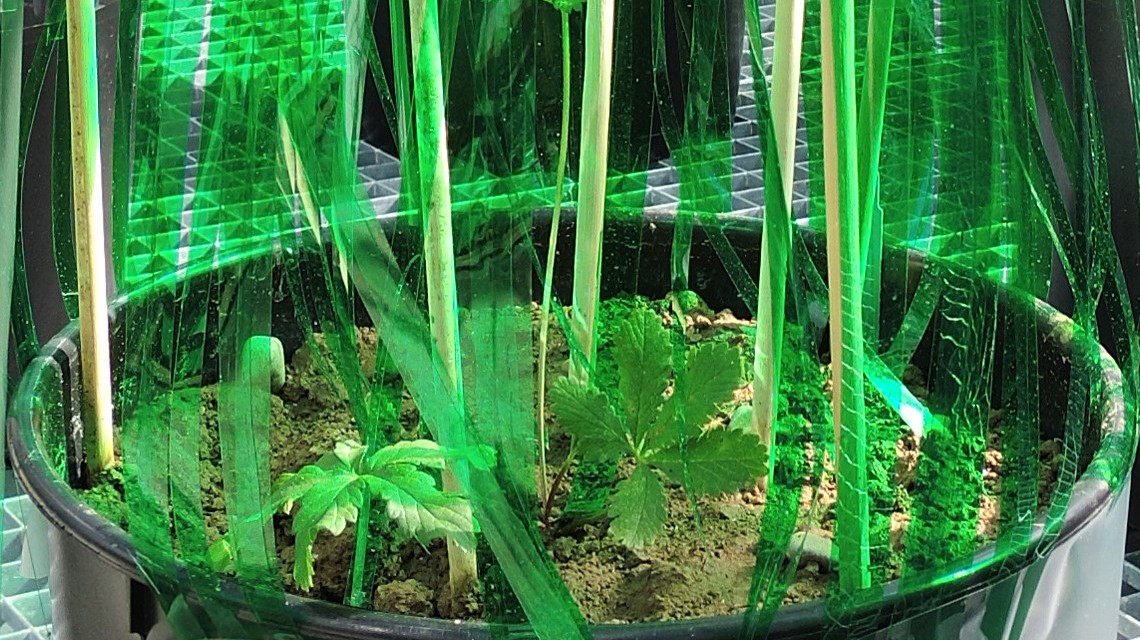Knowing when and where to grow
Plants have several strategies to receive sufficient light. Now, Biologists from Tübingen University demonstrate that plants can choose between alternative responses to competition.

Competition is part of the natural environment: animals compete for food sources while plants mainly compete for light, which is essential to their growth. Similar to animals, plants have several options of how to react in the face of competition. Biologists from the University of Tübingen have now demonstrated that plants can in fact choose between alternative competitive responses according to the stature and densities of their opponents. A new study by researchers from the Institute of Evolution and Ecology reveals that plants can evaluate the competitive ability of their neighbours and optimally match their responses to them. The results were published in the journal “Nature Communications”.
Vertical growth, shade tolerance, or avoidance behaviour
Given the necessity of light for their growth and subsequent survival, plants have developed mechanisms to detect the presence of other competing plants through various cues, such as the reduction in light quantity or in the ratio of red to far-red wavelengths, which occurs when light is filtered through leaves. Such competition cues are known to induce two types of responses: confrontational vertical elongation, by which plants try to outgrow and shade their neighbours, and shade tolerance, which promotes performance under limited light conditions. Moreover, some plants, such as clonal plants, can exhibit avoidance behaviour as a third response type: they grow away from their neighbours. “These three alternative responses of plants to light competition have been well-documented in the literature”, says Michal Gruntman, lead author of the paper. “In our study we wanted to learn, if plants can choose between these responses and match them to the relative size and density of their opponents.”
Simulating different light-competition settings
In order to answer this question, the researchers used the clonal plant Potentilla reptans in an experimental setup that simulated different light-competition settings. They used vertical stripes of transparent green filters that reduce both light quantity and the ratio of red to far-red wavelengths to provide a realistic simulation of light competition. By changing both the height and density of this simulated vegetation, the researchers could present different light-competition scenarios to the plants.
Plants can choose their optimal response
The result: Potentilla reptans can indeed choose its response to competition in an optimal way. When the plants where under treatments simulating short-dense neighbours, Potentilla reptans showed the highest confrontational vertical growth. However, under simulated tall-dense neighbours, which could not be outgrown either vertically or laterally, plants displayed the highest shade tolerance behaviour. Lastly, under tall-sparse neighbours, plants exhibited the highest lateral-avoidance behaviours.
The findings of this study reveal that plants can evaluate the density and competitive ability of their neighbours and tailor their responses accordingly. “Such an ability to choose between different responses according to their outcome could be particularly important in heterogeneous environments, where plants can grow by chance under neighbors with different size, age or density, and should therefore be able to choose their appropriate strategy” says Gruntman. This study provides new evidence for the ability of plants to integrate complex information about their environment and respond to it in an optimal way.
jmr


